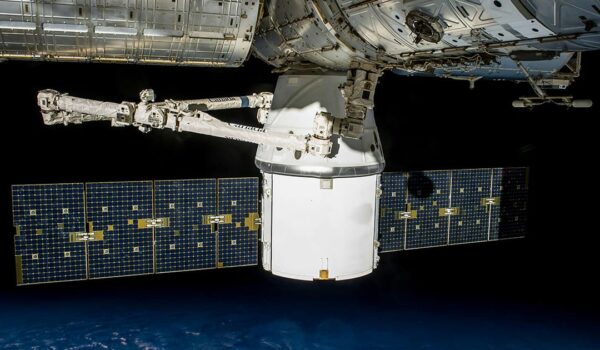Utilizing data accumulated over a span of more than two years, the AMS Collaboration unveiled new and groundbreaking physics findings at the International Cosmic Ray Conference (ICRC) in 2013. These results cover a wide range of cosmic ray phenomena and contribute significantly to our understanding of the universe.
- Proton Spectrum: The AMS Collaboration presented a comprehensive study of the proton spectrum, spanning from 1 GV to 1.8 TV, while also exploring potential spectral breaks within this range.
- Helium Spectrum: Similarly, the helium spectrum was examined from 2 GV to 3 TV, with a focus on identifying spectral breaks and understanding the behavior of helium nuclei in cosmic rays.
- Electron Spectrum: The AMS data provided insights into the electron spectrum, ranging from 1 GeV to 500 GeV, shedding light on the properties and origins of high-energy electrons in space.
- Positron Spectrum: Analysis of the positron spectrum, covering energies from 1 GeV to 350 GeV, offered valuable information on antimatter particles and their distribution in cosmic rays.
- Positron + Electron Spectrum: By combining positron and electron data, AMS researchers examined the spectrum from 0.5 GeV to 700 GeV, providing a comprehensive view of charged particle populations in cosmic rays.
- B/C Ratio: The B/C ratio, studied from 0.5 GV to 500 GV, was analyzed to understand the relative abundance of boron and carbon nuclei, offering insights into cosmic ray propagation and source composition.
- Positron Fraction and Anisotropy: Updates on the positron fraction and its anisotropy were also presented, refining our understanding of antimatter signatures and their spatial distribution in the cosmos.
These results, characterized by statistical and systematic errors at the O(1%) level, represent a significant advancement in cosmic ray research. At ICRC 2013, the AMS Collaboration delivered one highlight talk by S. C. C. Ting, along with seven physics talks dedicated to AMS in a parallel section. Additionally, seventeen papers were presented detailing the operation of the AMS experiment aboard the International Space Station (ISS). This comprehensive body of work underscores the importance of AMS in unraveling the mysteries of cosmic rays and pushing the boundaries of particle physics.

